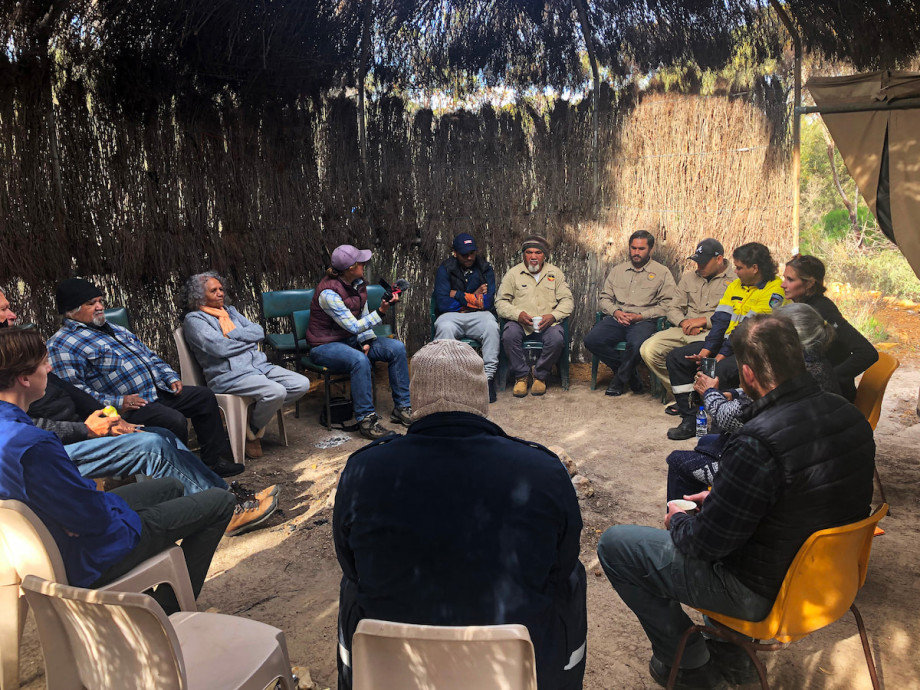A Greenhouse Research Talk by Libby Robin.

The stories of conservation have shifted away from narratives of 'keeping nature pure' to 'caring for nature and ourselves together' as we live with the Great Acceleration of changes in the world’s social and ecological systems. I am drawn to the ways that art, music, gardening and other creative work can stitch together and enrich the science and the aesthetics of what conservationists of all sorts are actually practising out there.
In Australia, we are working to restore continuities between the need to make a living (farming), to let the bush come alive again, and the cultural imperative of Caring for Country, which is the practice of our Indigenous Traditional Custodians. In all these cases ‘caring’ starts with noticing what nature is doing already wherever you are, whether it is highly urban, or in apparently ‘wild’ places. Every story is local. The success of conservation practice demands a long timeframe, and sustained action on the ground by the people who know the country best, the ones who live there.
My book-in-progress explores the changing histories of conservation practice, particularly since the mid-twentieth century. It uses local Australian examples, because that is where I am. As I write, I find global ideas about broad planetary health filtering through very local places. The local and the global are entangled worlds, even in organisations of care (from a local ‘friends of the park’ group up to major philanthropic groups like Nature Conservancy, and IUCN). The problem of climate anxiety and the stress of feeling powerless in a rapidly changing world is widespread and not limited to western nations.
Caring for nature is, it seems, one of the ways we can restore human health. By refreshing ecological connectivities, we can also make our societies happier places. Connecting what we know with our hands and our heads to what is at our emotional heart is the new ‘rethreading of knowledge’ that demands all the environmental humanities, and all our senses, working together.
Libby Robin is an environmental historian and museum scholar who has worked at the Australian National University, the National Museum of Australia and KTH Stockholm Environmental Humanities Laboratory. She uses the history of ideas and practice as a way to explore a variety of ecological practices at all scales and across different media. Her most recent book is What Birdo is That? (2023, Melbourne University Press).